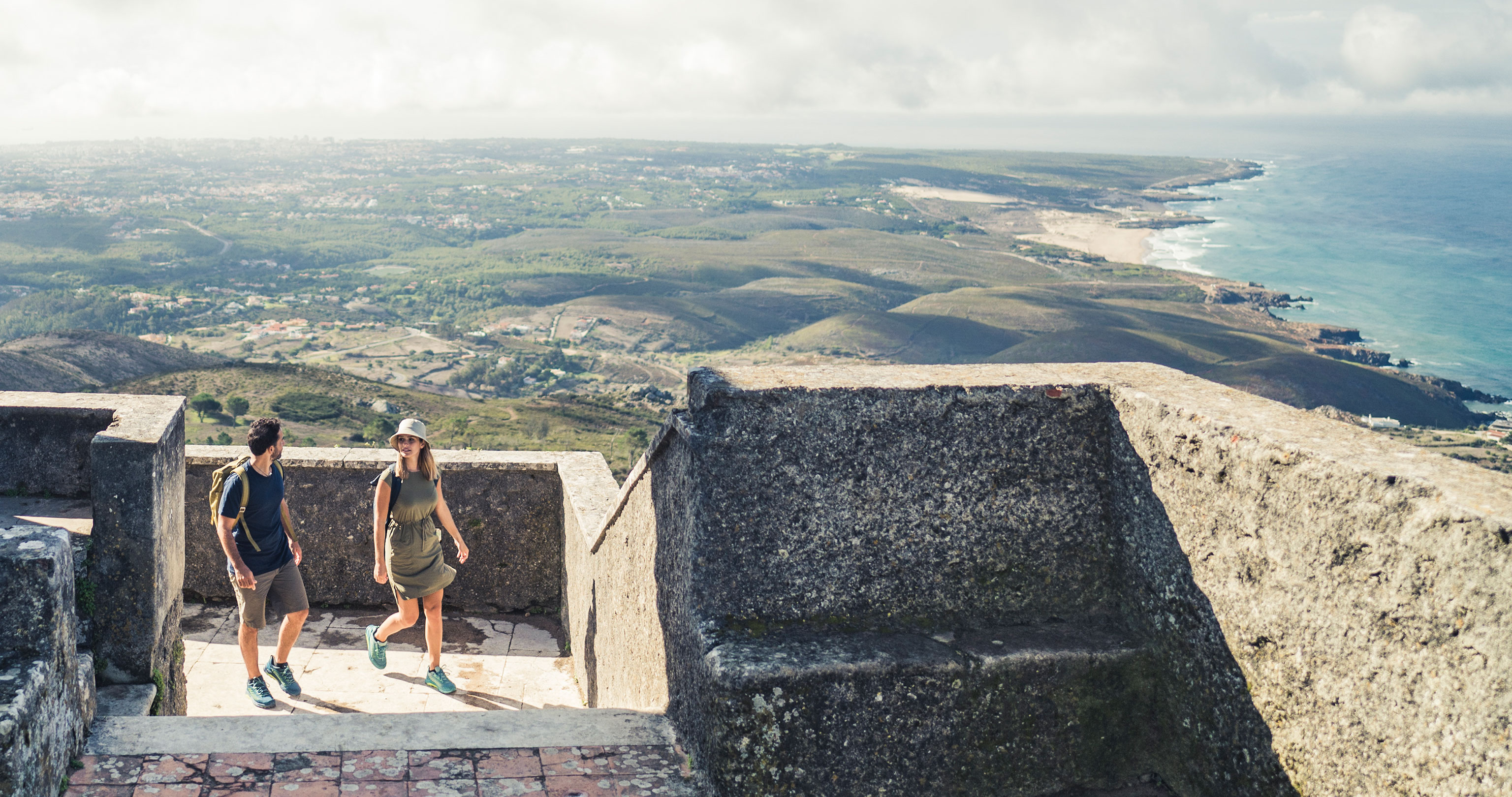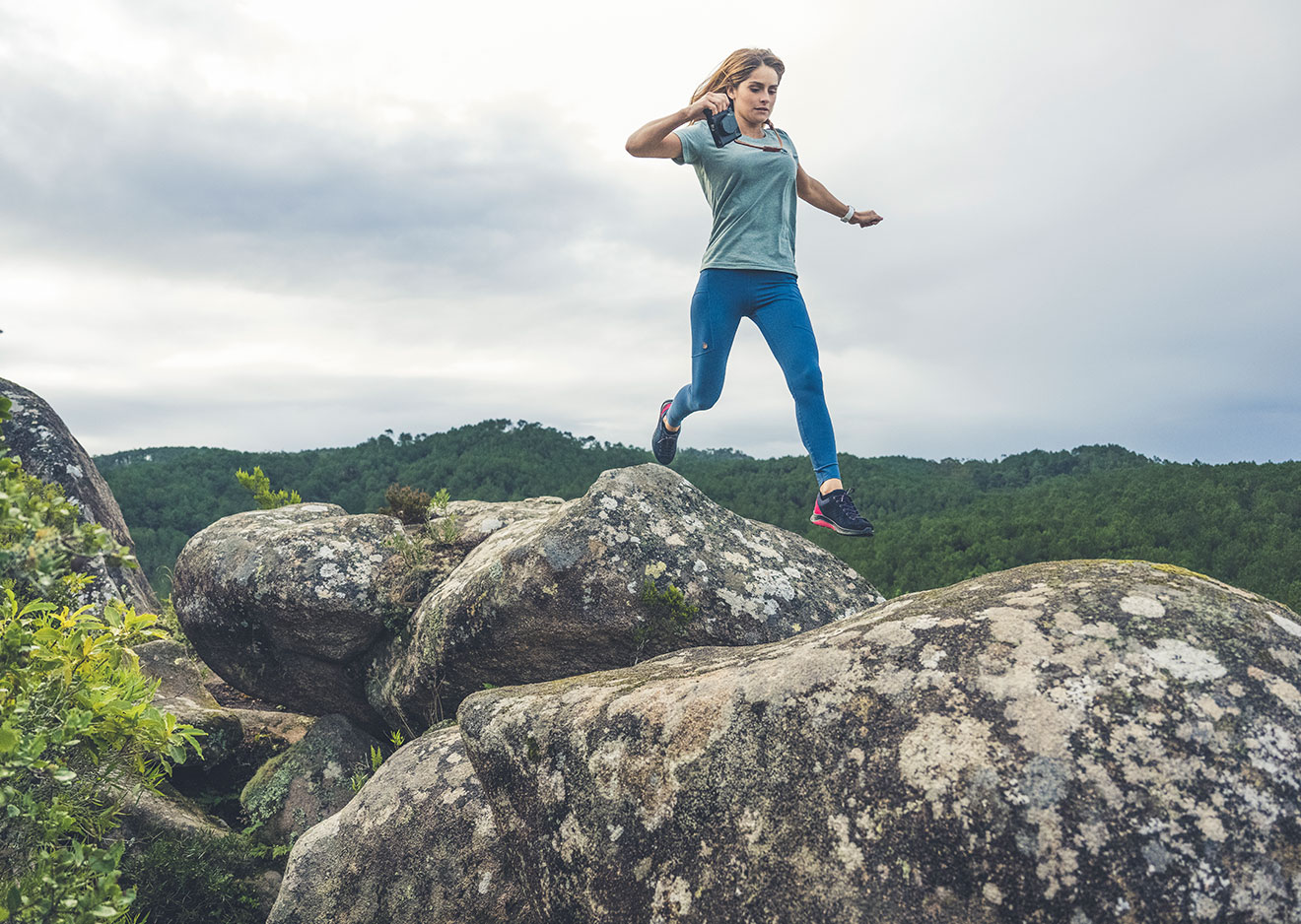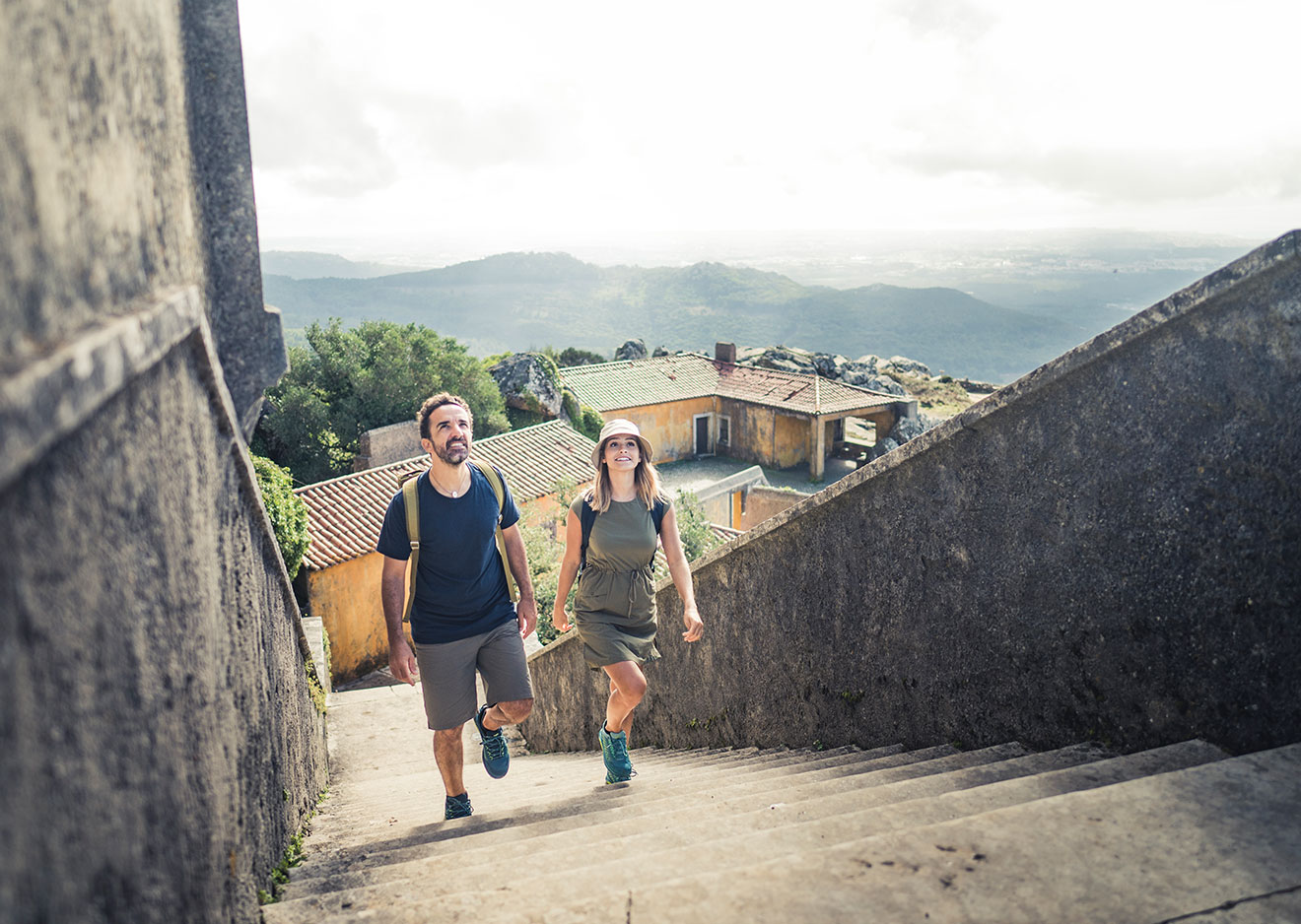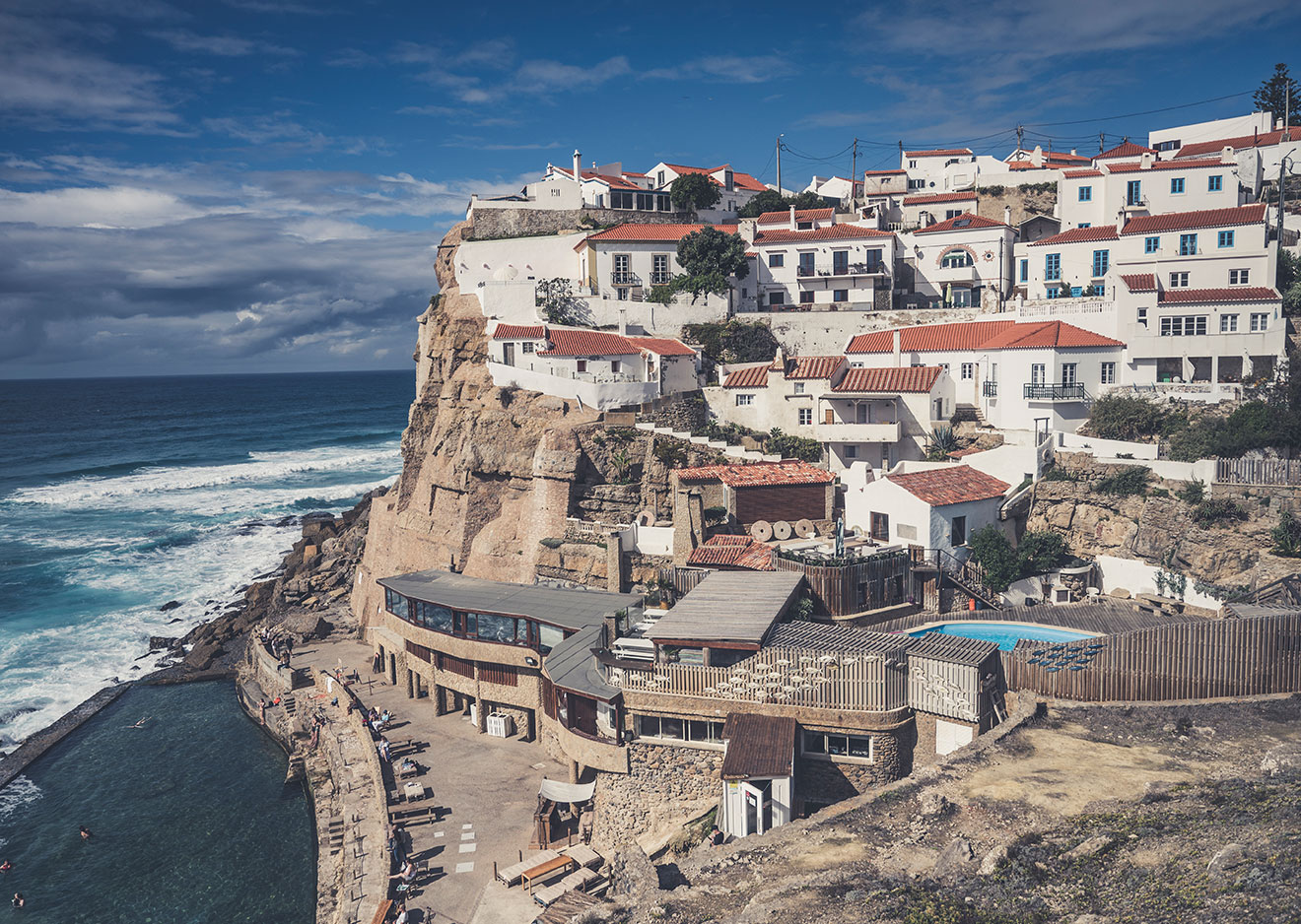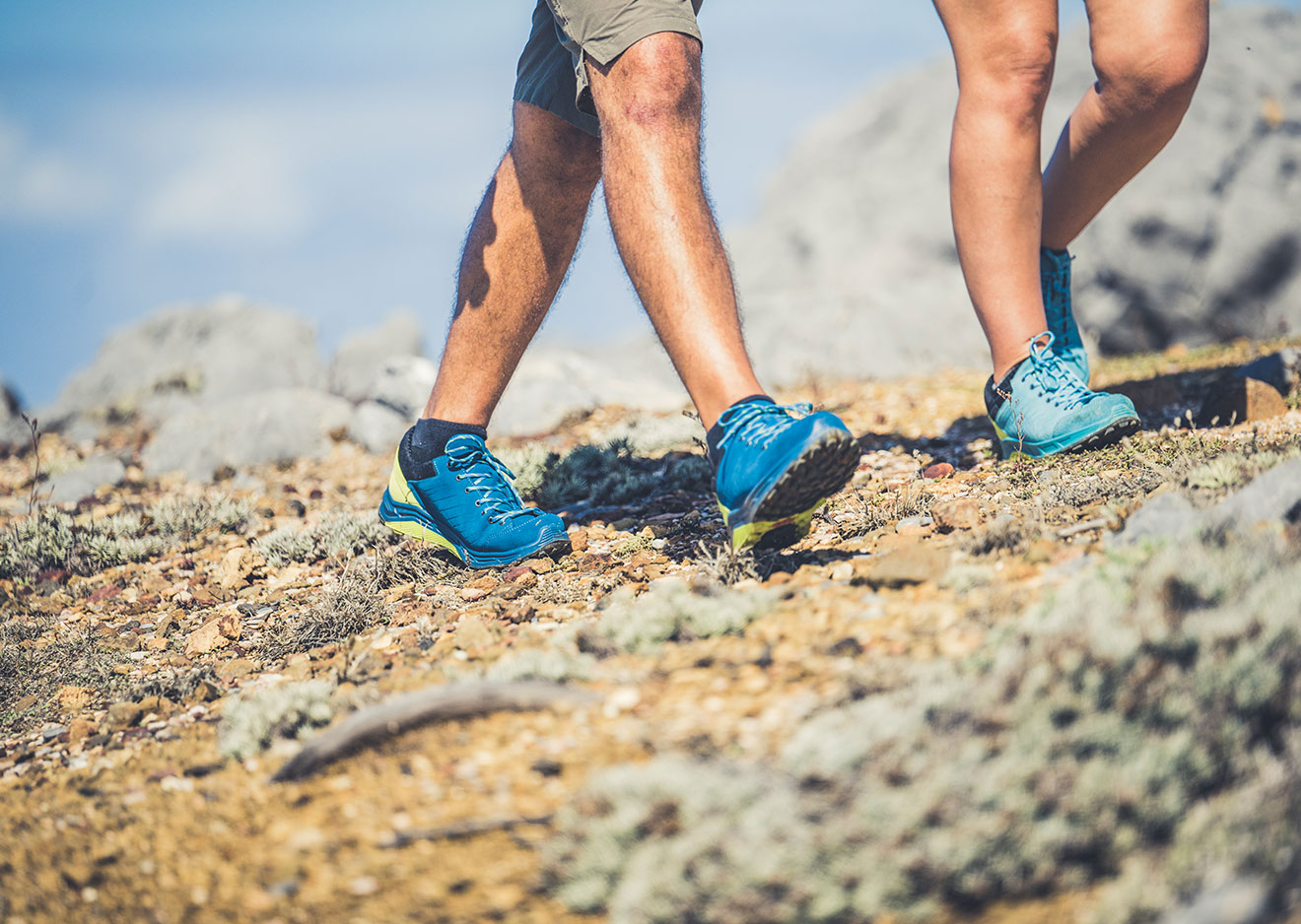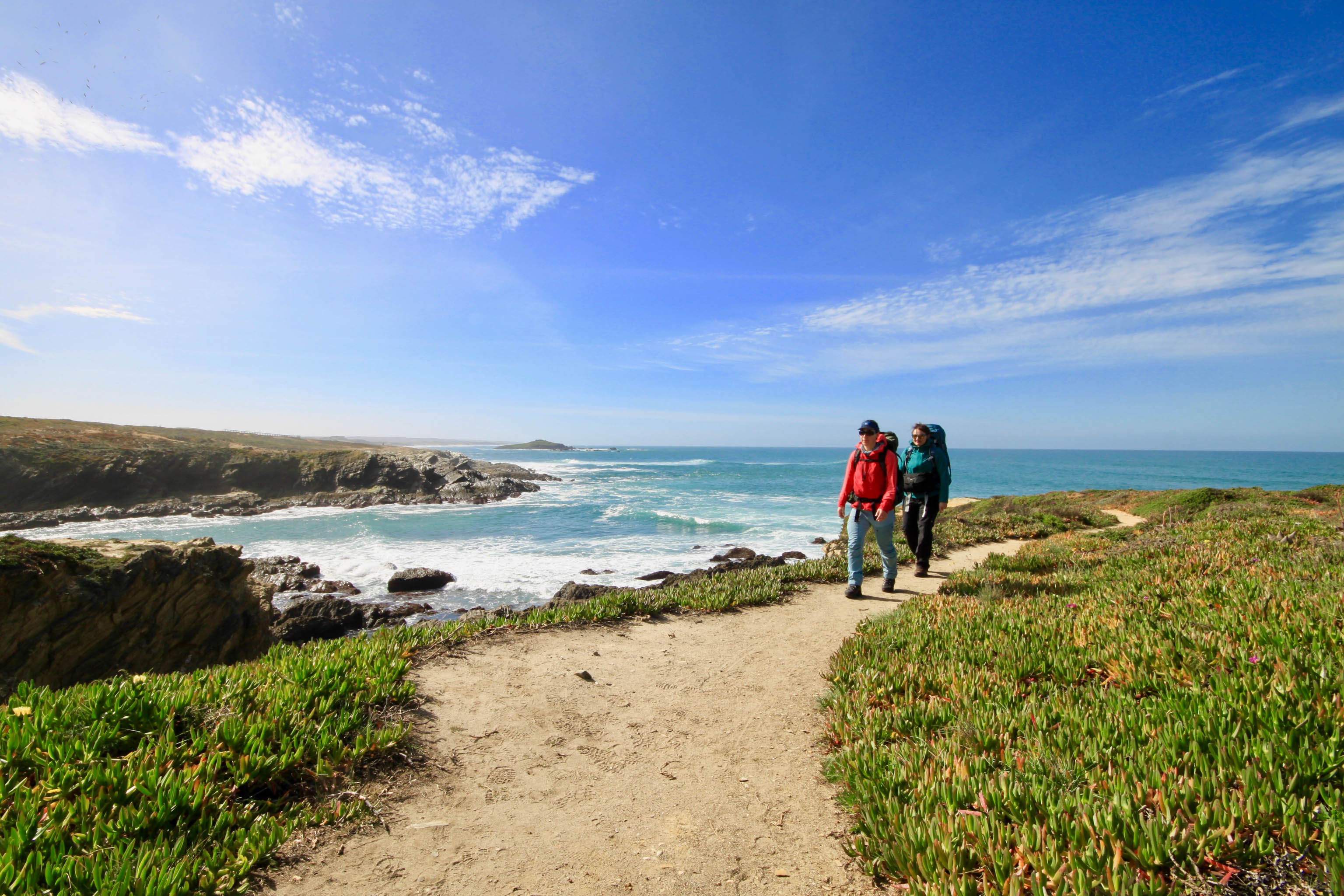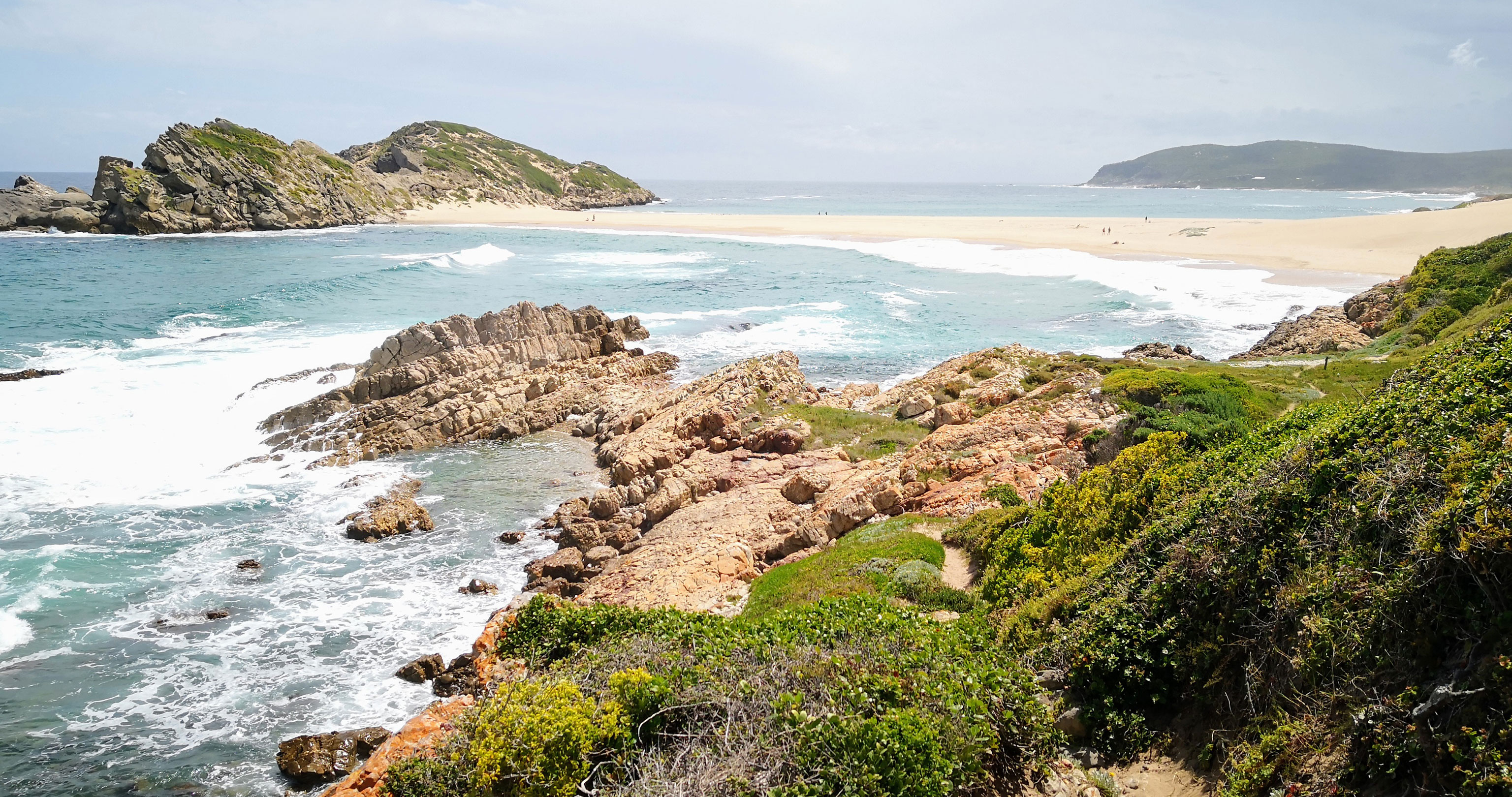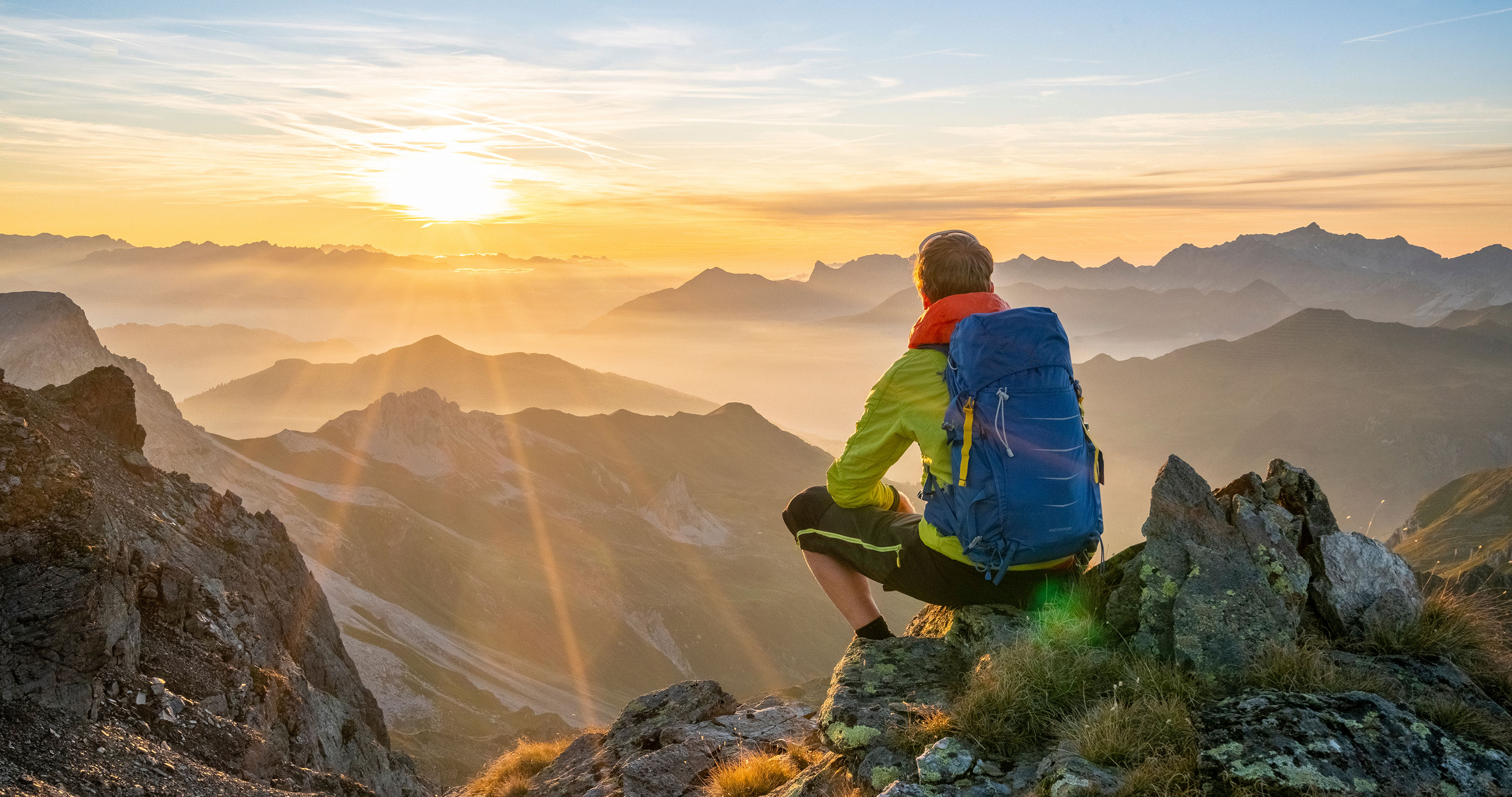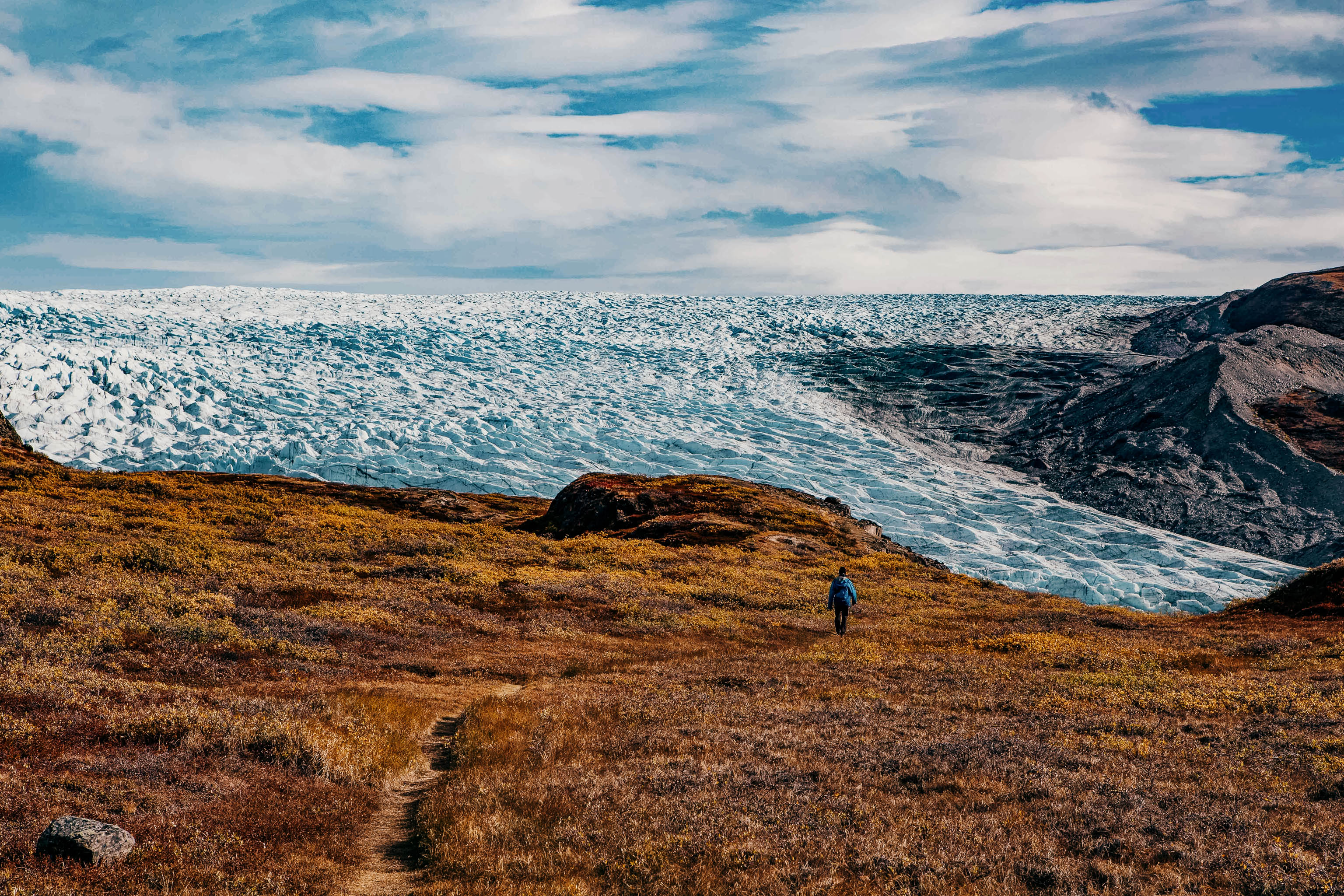Updated on
Portugal’s Sintra is famous for its spectacular castles, palaces, gardens and magical wooded hillsides. The little town is 25 kilometres west of Lisbon and perfect for a day trip from the country’s capital.
The climate in Sintra and environs is pleasant all year round. In fact, it’s never too hot or cold for outdoor activities there. Particularly in summer, this area with its abundance of lush forests and proximity to the sea is a welcome change from the heat of populous Lisbon.
Always stay up to date: Subscribe to the HANWAG newsletter and become part of our community.
Most of Sintra’s attractions are located on hills and best reached on foot. The town nestles among stunning parks with well-marked trails. To the west, the Sintra-Cascais natural park extends all the way to the coast.
We’ll be showing you three Sintra walks in the natural park that you can complete during a day trip here. How to get there? You can reach the starting points by car or also by public buses.
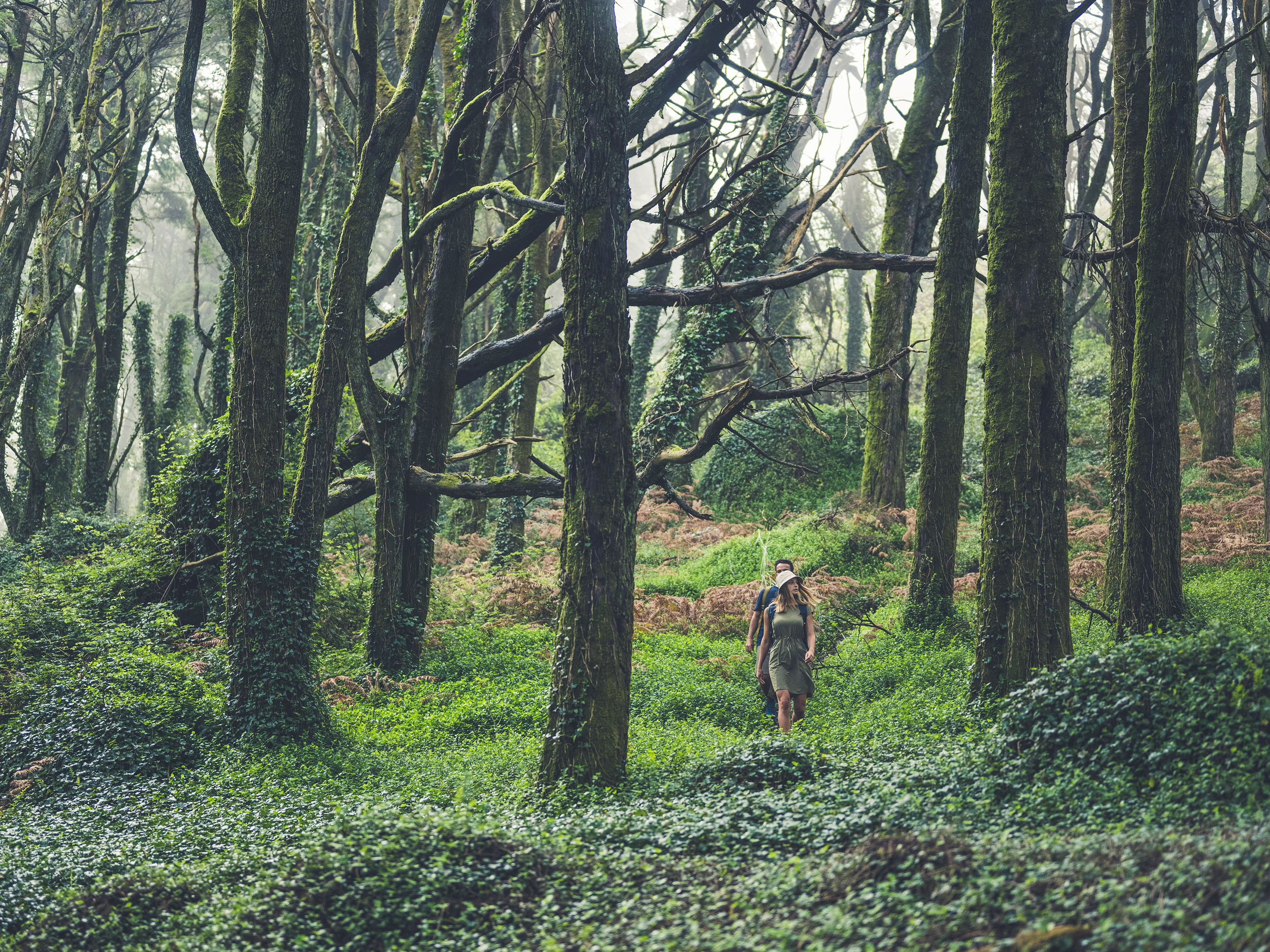
Sintra hike number 1: Through the enchanted forest
The area between Sintra and the sea features hills strewn with woods, which are ideal for hiking, particularly on hot days. The trees and rocks are shrouded in ivy and moss, lending the forest a fairytale-like quality. This breathtaking trail with views of the sea starts in a village called Enxidra. Stretches through the wood alternate with panoramic hills and cultural monuments.
The route
From Enxidra, the trail takes you south through the woodland. After just under four kilometres, the sea and famous Guincho beach come into view. Situated on an outcrop some 448 metres above sea level, the Sanctuary of Peninha and its baroque chapel provide a stunning view over the coastline. Afterwards, you return to the wood and follow a circular route back to the starting point. The trails aren’t demanding but sometimes slippery due to high humidity.
Route info
- Length: 12 km
- Duration: 3.5 hours
- Level of difficulty: average
- Link to the Komoot route

Our footwear for Sintra and area: HANWAG Coastridge and HANWAG Coastrock
Sintra offers easy, engaging, and enjoyable hikes in spectacular scenery. And our Coastridge (left) and Coastrock (right) hiking shoes are the ideal footwear. These lightweight multipurpose shoes are comfortable high performers for everyday and leisure use. They also optionally come with a sustainable EcoShell membrane to keep feet dry. Take a look at the HANWAG Coastridge and HANWAG Coastrock in our online shop.
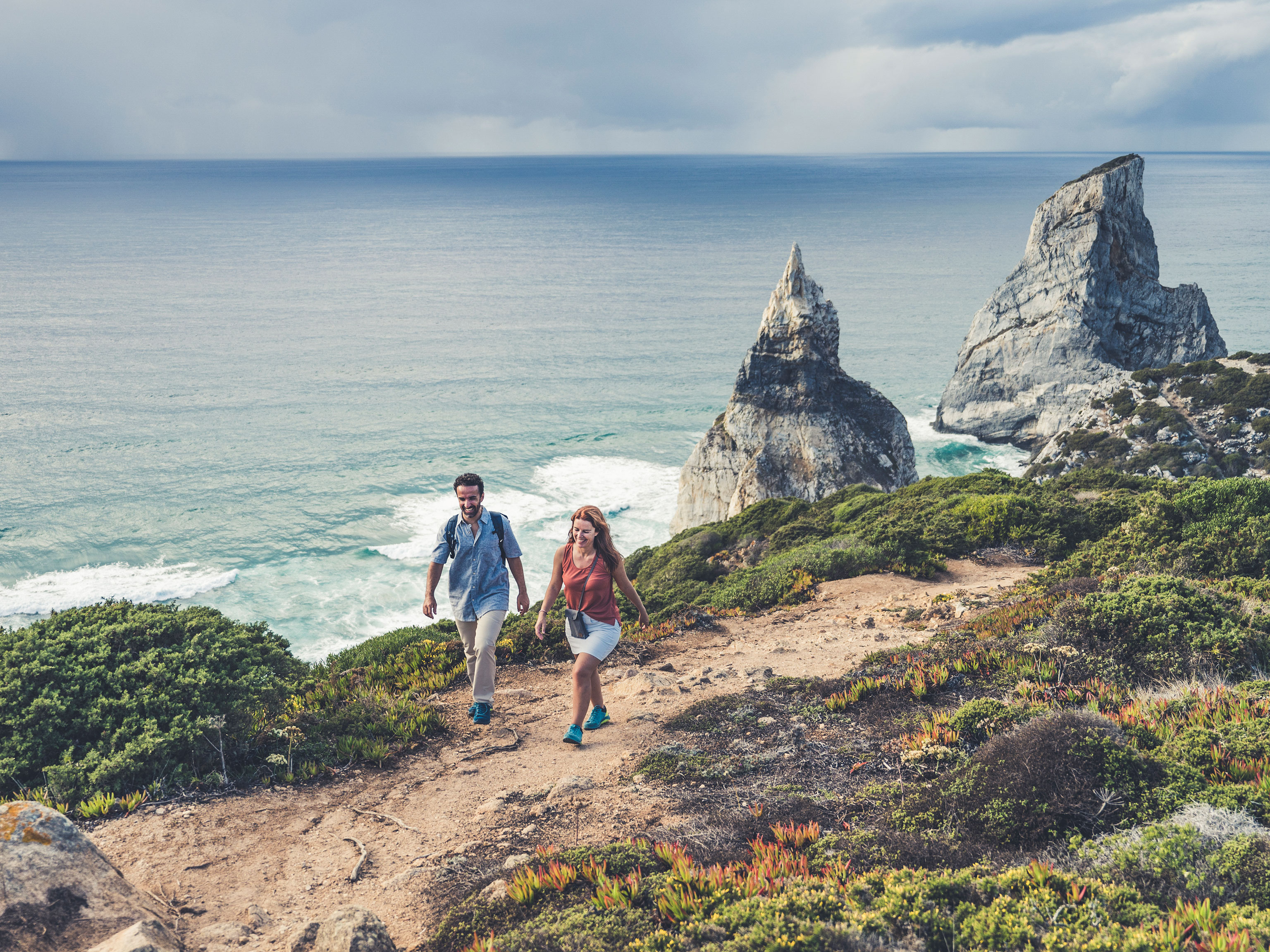
Sintra hike number 2: On Europe’s most western point
Cabo da Roca, the most western point of continental Europe, is about 11 kilometres from the town of Sintra. Splendid hiking trails and paths are scattered about the hills above the cliffs. Hikers are treated to an uninterrupted view of the sea and the sound of thundering waves. To manage the steep descent to Praia da Ursa beach, hikers need to be surefooted and have a head for heights.
The route
A good place to start is the large Cabo da Roca car park, which is also accessible by bus. The cape is a very popular destination in high season. But, to explore it, it’s still worthwhile following the route to the south of the car park. Then hikers head north to Praia da Ursa beach. The view of the steep columns of rock jutting out from the surf is already worth seeing. Any surefooted hikers can attempt the approx. 20-minute descent to the beach before taking virtually the same route back to the starting point.
Route info
- Length: 7.2 km
- Duration: 2.5 hours
- Level of difficulty: average to hard
- Link to the Komoot route
Click through the gallery to find more pictures of our shoot in Sintra
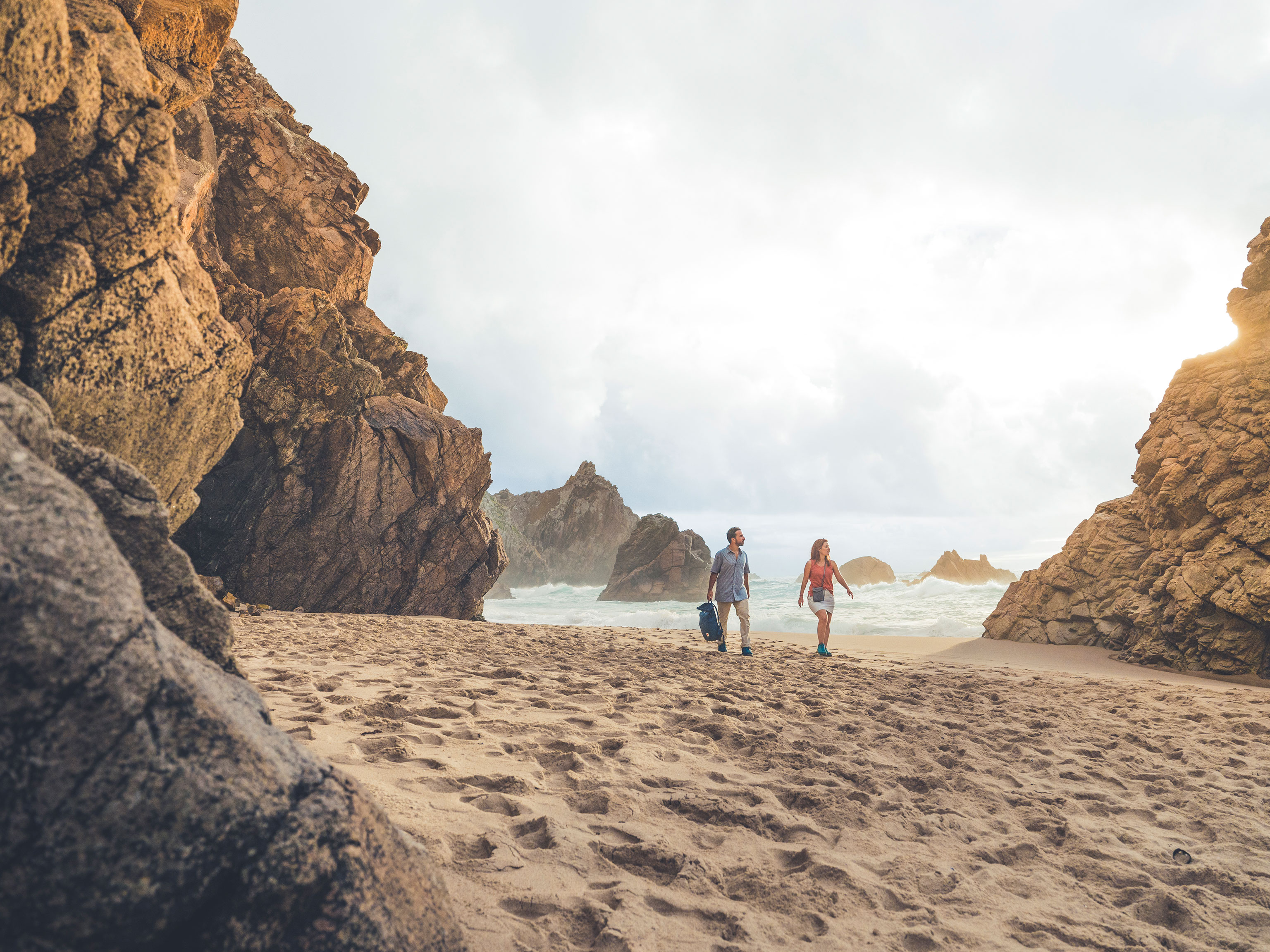
Sintra hike number 3: Easy-to-reach dream beaches
There are more fabulous beaches slightly to the north of Cabo da Roca. In contrast to Praia da Ursa, these are easy to get to on foot. Praia da Adraga is renowned for its dramatic mix of sand and rocks and rocky arch. This Sintra walk runs from the little village of Almoçageme on easy paths along the coastline. It also offers plenty of opportunities for swimming and pit stops for refreshments.
The route
Praia da Adraga with its bizarre rocks and golden sands is about two and a half kilometres from the starting point in Almoçageme. The path then turns northwards along the coast to the popular Praia Grande. Hikers make their way back to the starting point through the hinterland with its meadows and woodlands.
Route info
- Length: 9.5 km
- Duration: 2.45 hours
- Level of difficulty: easy
- Link to the Komoot route
What to visit: The most important sights in Sintra
Sintra is primarily famous for its palaces and castles. It’s slightly cooler in the hilly landscape to the west of Lisbon than in the country’s capital. Which is why, over the past few centuries, the aristocracy and bourgeoisie built (in some cases magnificent) residences there. Many of them are open to visitors today.
What to visit? Some of Sintra’s most important sights are:
-
Palácio Nacional de Sintra
This former royal Sintra palace is fascinating not least because of its sumptuous halls. It’s also part of the UNESCO World Heritage Site today. Photo: Pixabay/Jonny_Joka

-
Castle of the Moors
The castle, built by the moors in the 8th or 9th century, is located in the woodland above Sintra. It owes its present appearance to a refurbishment in the 19th century. Photo: Pixabay/maurizio1209
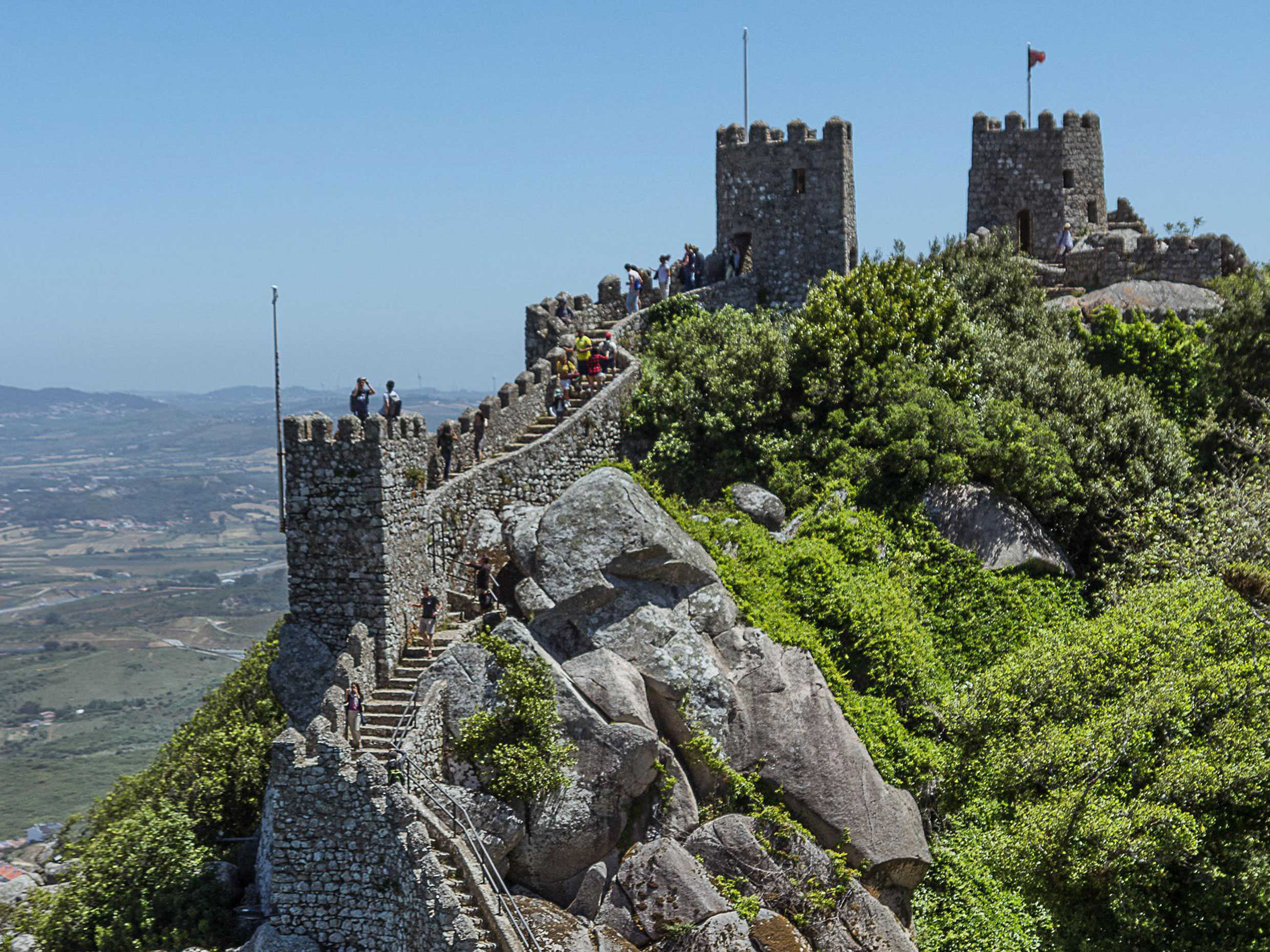
-
Pena Palace
This 19th century, Disney-like palace is perched spectacularly on a rocky hill and a fusion of numerous architectural styles. The nearby Cruz Alta (high cross) affords the best view of the palace. At 540 metres above sea level, it’s the highest point of the Sintra mountain range. Photo: Pixabay/essuera
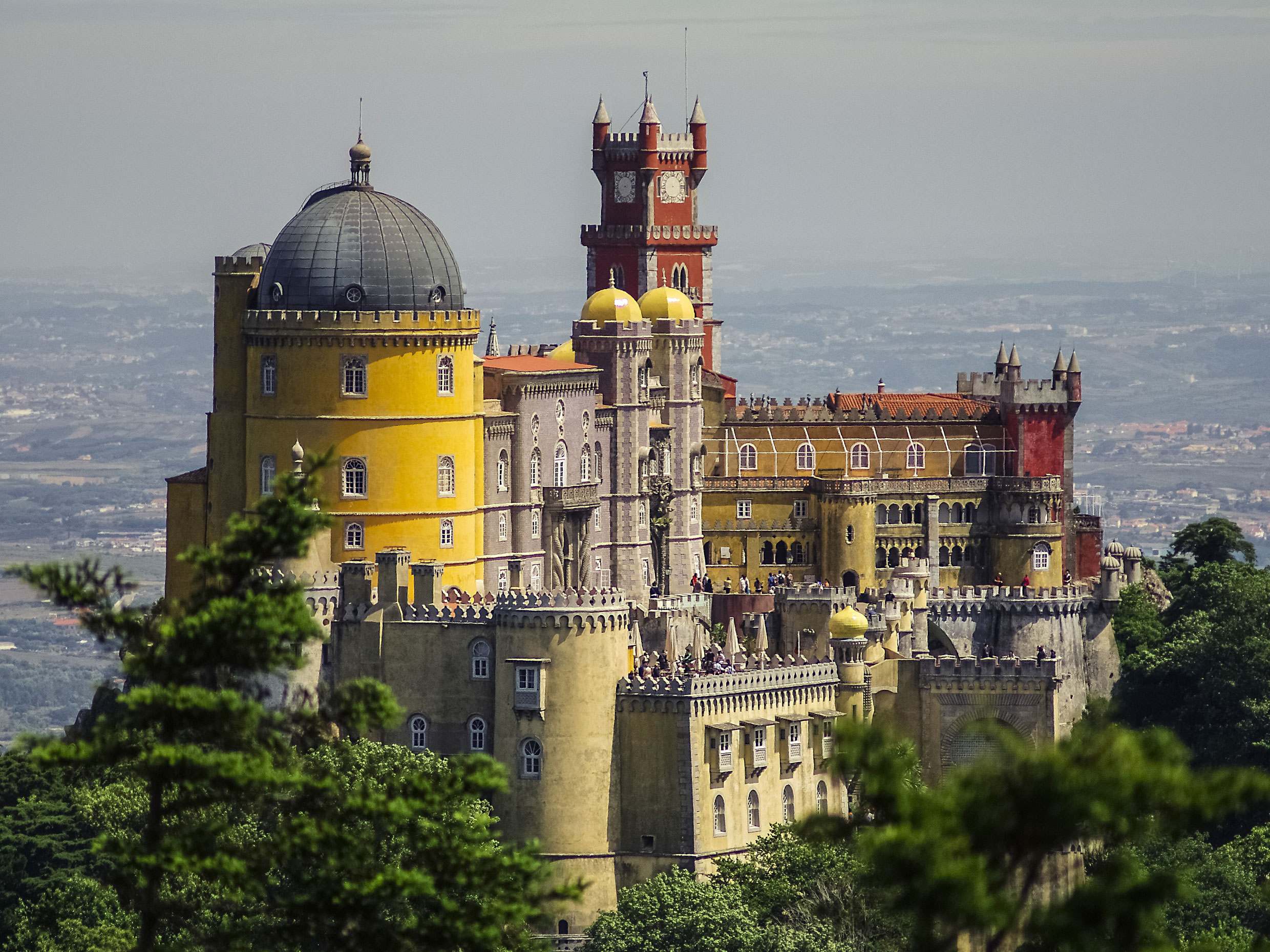
The most important travel tips for Sintra
When to go: Sintra is brimming with tourists in the main season (July/August). To avoid queues, purchase tickets for the most important sights in advance, for instance via GetYourGuide. Most tourists visit Sintra for the day from Lisbon. Which is why the town is at its fullest between 10 a.m. and 3 p.m. Anyone preferring more peace and quiet should come later in the day – or stay the night in Sintra.
How to get there: Sintra is only about an hour’s train ride away from Lisbon. Two lines run regularly from two stations in the capital and back. Trains take passengers through some of the less salubrious suburbs before reaching their destination. Click here for more info about the train to Sintra. It’s only worth taking the car to Sintra if you’re also aiming for remote places like the natural park or coast.
Conclusion: visit, hike – and enjoy Sintra
Thanks to its all-year-round mild climate, many sights, and excellent outdoor-activity opportunities, Sintra is one of Europe’s meccas for culture vultures and nature lovers alike. Alongside hiking, the area’s ideal for mountain biking, surfing, or climbing. Pack your swimwear, grab your shoes and have lots of fun in Sintra.

